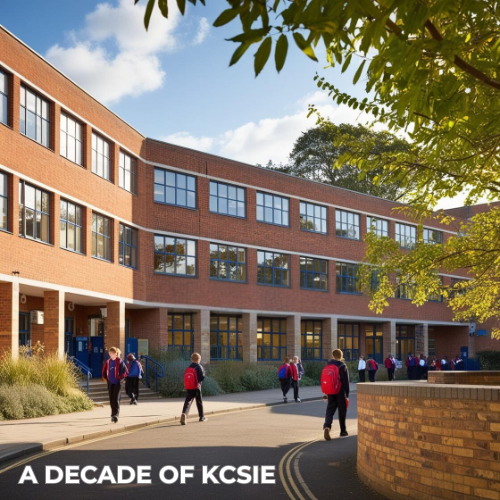Student Safeguarding Under Threat With Mental Health ‘Postcode Lottery’ Waiting Times
Recent research from The Independent has shown that young people are facing a student safeguarding postcode lottery in how long it’s taking for them to be able to access mental health services, with waiting times ranging from a week, to 3 years, depending on where they live.
A survey published today by NHS Digital found one in six children in England had a probable mental disorder in 2021, a significant increase from pre-pandemic – one in nine back in 2017.
This is putting strain on an already struggling NHS and creating a backlog in areas that is drastically risking student safety in some areas. The differences vary dramatically: In one of the worst cases in South Yorkshire it took 1,019 days for a young patient to be assessed, and in Bromley in South East London, they face an average wait of 112 days. However, in Staffordshire, young people waited an average of only seven days.
With an increasing number of young people self-harming and even attempting suicide, delays in access to mental health services could potentially be deadly.
Maximising student safeguarding in a mental health crisis
Teachers and community workers need to be able to work with parents to identify potential mental health issues among young people as soon as it is possible in order to potentially prevent issues escalating and to maximise their chances of accessing mental health assessments and services before they reach crisis point.
There are many barriers to students reporting areas of concern, whether that’s issues surrounding online safety, harassment in or around schools, worries at home, academic pressure or just feeling unable to cope with their circumstances and a changing world.
Approaching adults can be intimidating, so many young people are turning to technology for support, but with unregulated content and trolls, this even presents its own risks.
Using technology to approach mental health in young people
Many schools are implementing their own regulated technology where students can approach those that manage student safeguarding digitally with both individual and generic safeguarding issues. They can identify areas or ‘hotspots’ where they feel unsafe at school or within the home and surrounding community, and provide a safe space for students to come forward without having to approach an adult face to face.
KCSIE, September 2021 also illustrated the need for schools and colleges to create an information sharing culture, stating: “83. Where there is a safeguarding concern, governing bodies, proprietors and school or college leaders should ensure the child’s wishes and feelings are taken into account when determining what action to take and what services to provide. Systems should be in place, and they should be well promoted, easily understood and easily accessible for children to confidently report abuse, knowing their concerns will be treated seriously, and knowing they can safely express their views and give feedback.”
Systems such as ‘The Student Voice’ have been implemented with great success in making use of student feedback to improve safeguarding and early intervention.





